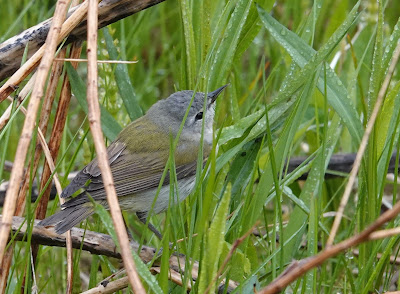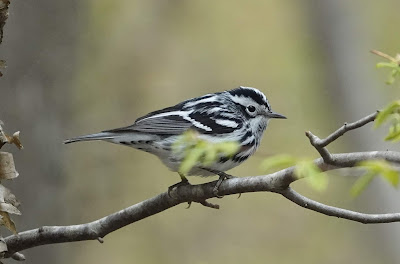This year has not really been about birding, in fact I've barely raised my bins since Canada aside from the odd stroll around the patch. Family and personal life have taken front of stage and are likely to for some time. But as ever I remain a keyboard birder and - as was always going to be the case - something rare was going to turn up sooner or later to wake me from my avian slumber.
News of a probable Brown Booby off North Kent on 19th August barely registered; whilst the photographs looked interesting it was never going to be available. After the recent upsurge in North European records of this tropical sulid it was almost expected. Scroll forward 10 days to 29th and there was another report, this time off St Ives and hanging around just offshore. Still it seemed implausible and I was about to head to a work conference in Scotland, so I paid little attention initially. Then it was seen the next day, albeit briefly, by a number of birders and so the game of cat and mouse began. At one stage it appeared to have departed to northern France as one was photographed there, only for the photos to show an adult and so a different bird (the Cornish one being a 2nd year). Work and family commitments prevented my usual rapid scramble, although may also have saved me from the pain of multiple dips suffered by others. It was Sunday 1st September before I was able to get down, and even then on a time limit. Initial optimism and enthusiastic opinions on distant birds soon evaporated, it was not to be. Despite that it was a pleasant morning catching up with friends in a stunning location, and the passage of Manx Shearwaters and single Arctic Skua and Grey Phalarope provided some entertainment (the speeding ticket was less welcome). I headed back empty handed to my brothers' in the Cotswolds to re-join the family on my mum's birthday. Others stayed down there and part of me was a apprehensive that I couldn't do the same - surely it would be seen again?
The next day something truly remarkable happened. A brown booby was found at Kynance Cove on the Lizard, on the opposite side of Cornwall. Those who'd stayed naturally rushed down, only to discover this was another different bird (a 1st year). This bird, unlike the others, proved to be obliging over the next 5 days and so, finally on Thursday 5th September I made it down there (from a starting point of Glasgow with Andy C, now known as the erratic twitcher extraordinaire). The 1st summer BROWN BOOBY showed pretty much immediately, and put in a couple of good fly-arounds through the bay. Relief, although I won't pretend it was the most stunning bird I've ever seen.
Other birds were limited to a family party of Cornish Choughs, always a pleasure to watch, and a few commoner seabirds. A very stunning location more than compensated though, what a place!
Other birds were limited to a family party of Cornish Choughs, always a pleasure to watch, and a few commoner seabirds. A very stunning location more than compensated though, what a place!
 |
| Kynance Cove, Cornwall. A candidate location for the most scenic twitch of all time. |
 |
| Brown Booby, Kynance Cove, Cornwall, September 2019. All images by Lee Fuller |
 |
| A family party of Choughs. The species has been successfully reintroduced into county, but strangely wild birds or Irish origin appeared around the same time. |
The homeward journey was uneventful, if long, and I was back for 6pm to collect the kids. Madness.






























